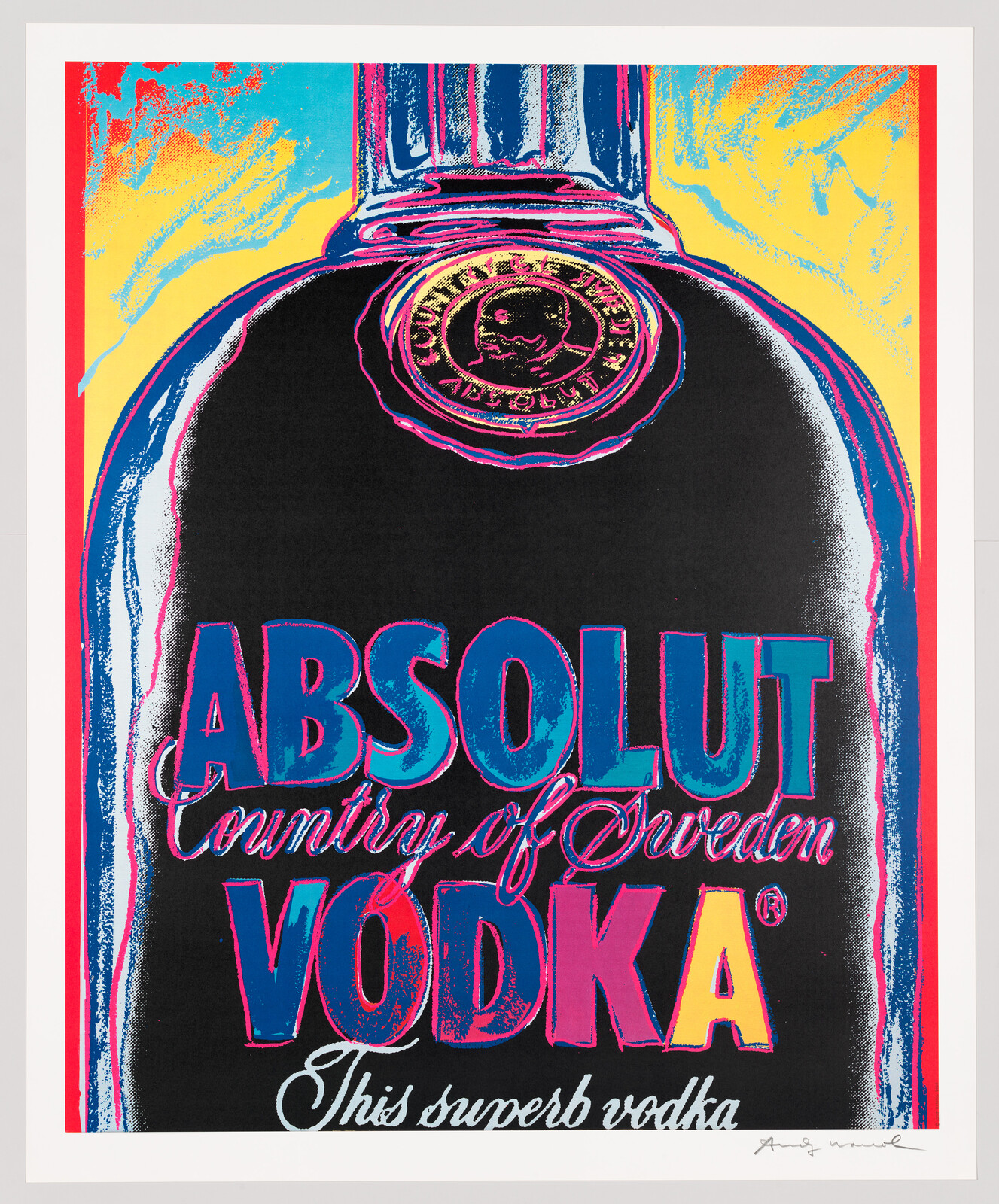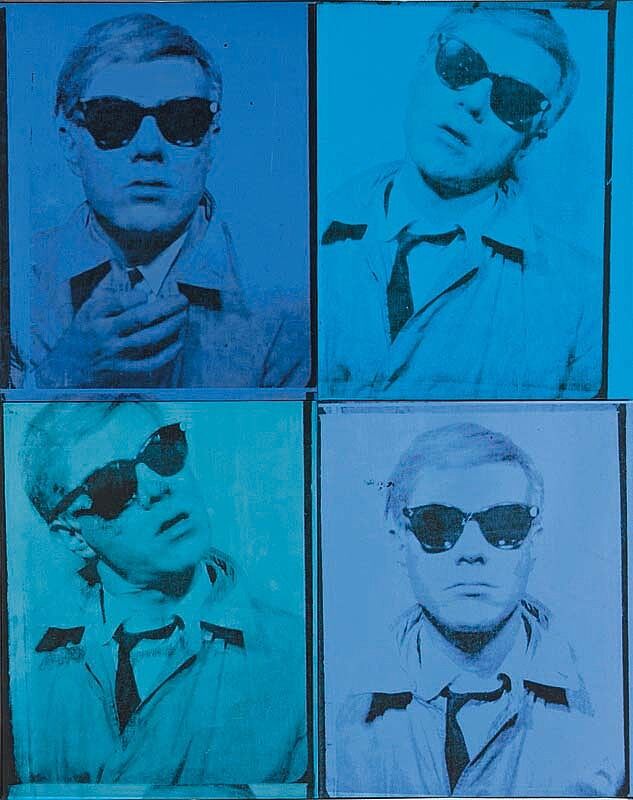Truman Capote, 1956
Oct 29, 2018
0:00
Truman Capote, 1956
0:00
Narrator: Shoes were a central part of Warhol’s professional identity during the 1950s. Papered onto this wall, you’ll see advertisements that he illustrated for the shoemaker I. Miller—his most significant commercial client. In the frames, there’s a series of collages of shoes.
Richard Meyer: These works were not done for any client. They were done by and for Warhol himself. They were what Life magazine called "his crazy golden slippers.”
Narrator: Warhol dedicated each shoe to a different celebrity, such as Judy Garland, Elvis Presley, and the trans advocate Christine Jorgensen. He named one high-heeled shoe after Truman Capote—it’s spilling over with flowers and weeds. Richard Meyer is Robert and Ruth Halperin Professor in Art History at Stanford University.
Richard Meyer: Truman Capote at the time had a play on Broadway called House of Flowers. So the kind of flowering vines, or weeds maybe, that look like they're wilting a bit, not the healthiest flowers that are coming out of the shoe, are a reference to that, but they're also a reference to Truman Capote's effeminacy and the way in which he challenged normative gender codes at the time.
And this was something that Andy Warhol was very attracted to. Truman Capote was what we would now call the most "out" gay celebrity of the day. And Andy Warhol, in the fifties, wrote Truman Capote postcards and kind of tried to meet him, and Truman Capote of course had no interest in an unknown, unfamous, commercial artist.
Later, in the sixties, when Warhol became very famous, he would not only meet Truman Capote, but they would become close friends.


